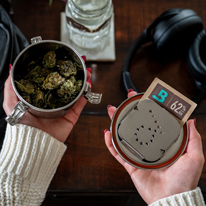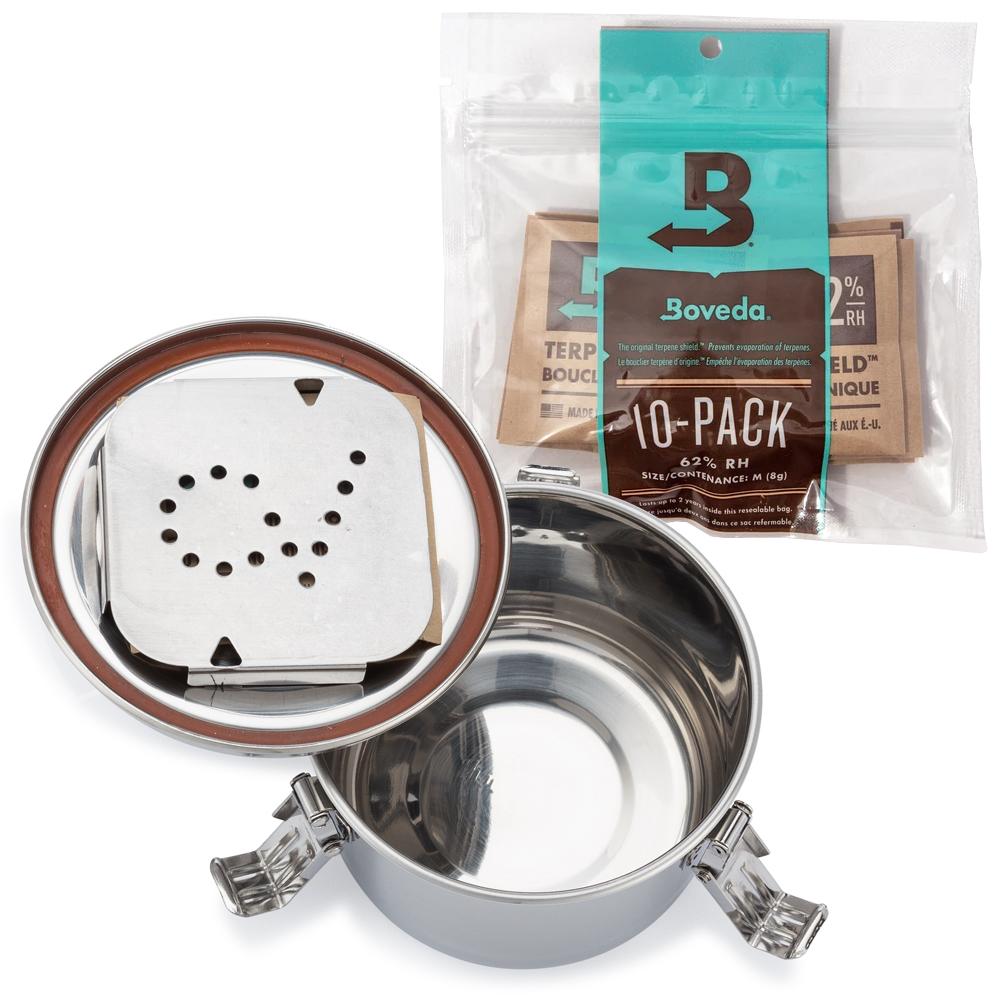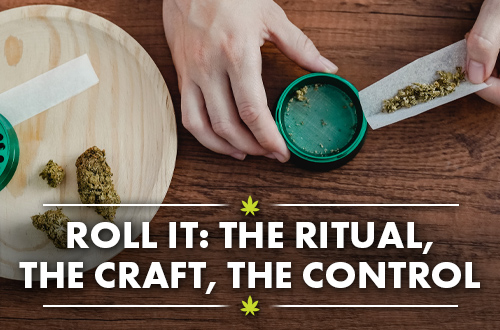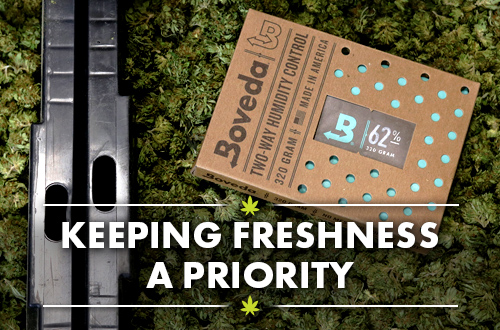
Roughly 12,000 years ago, at the foothills of the Himalayas, someone plucked a wild and ragged weed from the soil and thought to themselves, “Hmm, I should try to domesticate this.” What they found was neither a nutritional nor filling plant—but a plant that, when set ablaze, made them feel pretty happy.
Fast forward to the present day. Despite some legal hiccups during those intervening millennia, that plant is now a widely enjoyed part of everyday life in many regions of the world, with a devoted following of enthusiasts. And it isn’t a single, homogenous plant anymore either; cannabis represents a diverse family of various cultivars, strains, and vernacular designations.
Below is a short guide to the different types of cannabis. First, a taxonomical breakdown of bud. Next, a few common strains on the market. And finally, explore a better way of differentiating cannabis vis cannabinoid content and terpene profile. For additional resources, explore the Boveda Blog for a catalog of cannabis related content.
The (Sub)Species: Indica, Sativa and Ruderalis
When people talk about the different types of cannabis, what they’re really talking about are the subspecies (or separate species, depending on who you ask). These are: C. Sativa, C. Indica and C. Ruderalis—that last one rarely merits mentioning because of its low THC content. In everyday terms, these are simply called indica and sativa.
Are the Differences Between Indica and Sativa a Myth?
Taxonomy aside, you might have heard big talk about the differences between indica and sativa—namely, their opposing effects. As the lore goes, sativas produce energetic “head highs” while indicas generate a calming “couch lock” kind of buzz. Cannabis brands still tout these claims in their marketing. Once again, these claims don’t jive with the science.
Dr. Ethan Russo, a well-respected neurologist and psychopharmacology researcher had this to say about the indica/sativa dichotomy:
“There are biochemically distinct strains of Cannabis, but the sativa/indica distinction as commonly applied in the lay literature is total nonsense and an exercise in futility. One cannot in any way currently guess the biochemical content of a given Cannabis plant based on its height, branching, or leaf morphology.”
In simpler terms: yes, the different types of cannabis—indicas and sativas—are different. Those differences, however, have no consistent correlation to, or bearing on, how they make a person feel. Some sativa strains might have a calming effect; some indica-dominant strains might excite the imagination. According to science, the distinctions between the two don’t hold water anymore.
This doesn’t universally align with personal experiences. As one Redditor put it, “My personal life experience tells me a different story. I don’t care if dude is a weed doctor, I’ve put my 10,000 hours into Cannabis, so I’m an expert too.” And that’s fair enough. If the indica/sativa distinction is meaningful in your own experience and classification modes, you do you.
What everyone can agree on is that the indica/sativa distinction is important during the growing process, as the (sub)species require slightly different approaches and temperatures. Read humidity for curing cannabis to learn more about the growing process.
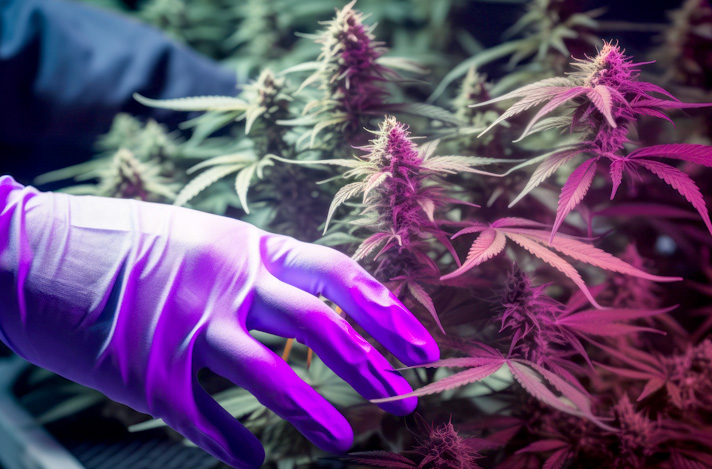
Popular Strains
What the research supports is the idea that the indica/sativa debate is largely a moot point since the vast majority of strains on the market are hybrid. Therefore, the more reliable way to differentiate cannabis types is by honing in on specific strains.
Since legalization, there’s been a renaissance of new cultivars, bred for their terpene-rich flavors and unique attributes. And while some brands may use these trade names haphazardly (there are no real nomenclature standards in the industry yet), strains tend to be relatively consistent across brands.
Here are some classic and currently popular strains to look for:
- Purple Kush
- Sour Diesel
- Wedding Cake
- White Widow
- Acapulco Gold
- Gelato
- Blue Dream
To preserve the unique terpene profiles in these strains, Boveda offers unparalleled protection. Boveda’s 2-way humidity control packs keep bud fresh and tasty for months by dialing in on the perfect relative humidity for your stash (58% or 62% RH). You can even revive stale weed using Boveda—read this guide on how to rehydrate weed for more info.
Breaking Down Bud by Its Cannabinoid Content and Dominant Terpenes
Lastly, here’s Dr. Ethan Russo again, who tells the Cannabinoid Research Journal:
“The degree of interbreeding/hybridization is such that only a biochemical assay tells a potential consumer or scientist what is really in the plant. It is essential that future commerce allows complete and accurate cannabinoid and terpenoid profiles to be available.”
Basically, he’s saying that strain and subspecies can be inaccurate indicators of taste and effect. The best way for the industry to be transparent is to relay the cannabinoid content (THC and CBD) and dominant terpene profile to the consumer.
Novice cannabis enthusiasts should talk to their ‘bud-tender’ before buying—it’s the most reliable way to learn about the THC/CBD amounts and ratios in what you’re buying to determine what will be best for your needs. Learn more about the various terpene flavors and effects, and discover which terpenes you find preferable.
Hopefully, this blog post shines a light on the wide and often contentious world of weed classification. Discover the importance of humidity control for cannabis, and what you can do to keep humidity in check: don’t miss the helpful pointers in Humidity Control for Weed.


